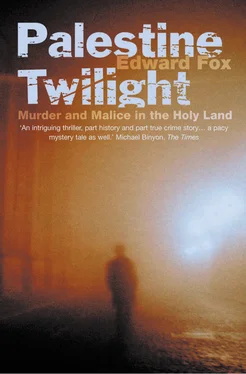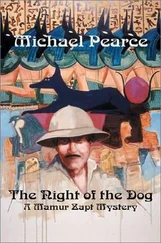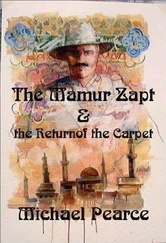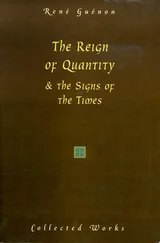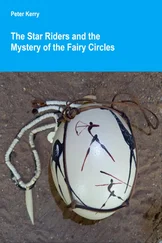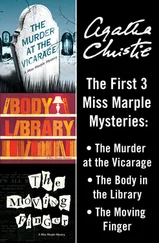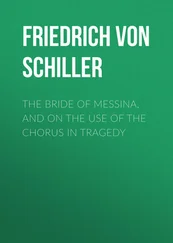The best-known proponent of this movement was the seventh Earl of Shaftesbury, Anthony Ashley Cooper, better known now for his campaigns for benevolent social legislation, such as the Ten Hours Bill, limiting the working hours of factory workers. The same evangelical Christianity that inspired his social campaigning at home led him to work equally hard for the conversion of the Jews, and he became president of the ‘Jews’ Society’ in 1848. Although he saw little evidence that mass conversion had begun, as he hoped, Shaftesbury had considerable success in influencing British foreign policy in line with his ideas. He persuaded the Foreign Secretary, Lord Palmerston, to establish a British consulate in Jerusalem in 1838, charged with the protection of local Jewish interests, and granting Palestinian Jews British citizenship. A few years later, his lobbying bore fruit in the creation of an Anglican bishopric in Jerusalem, with a converted Jew as its first incumbent.
Eventually, in 1875, Shaftesbury became President of the Palestine Exploration Fund. In his first address to the PEF as its President he called with undiminished enthusiasm for ‘the return [to Palestine] of its ancient possessors’. His mystical belief in Britain’s instrumental role in returning the Jews to Palestine – for the sake of Christianity, rather than Judaism – was the ideological force behind Britain’s increasing political involvement in Palestine throughout the nineteenth century, an involvement which could be seen later in British support for Zionism, as expressed in the Balfour Declaration of 1917, and in Britain itself assuming the government of Palestine in 1921, and holding it for nearly thirty years in the form of the British Mandate. To understand politics it is sometimes necessary to understand the power of irrational ideas.
In its first years, the pages of the Palestine Exploration Fund Quarterly Statement were dominated by reports from the field despatched by the leaders of the expeditions sponsored by the Fund. These were eventually published as books which have become the classics of early biblical archaeology. Notable among these is the expedition of Charles Warren, a captain in the Royal Engineers, who used military mining techniques to excavate the tunnels and subterranean chambers under and around the Temple Mount in 1867. His account was published in 1876 as Underground Jerusalem . This was one of the first expeditions sponsored by the PEF, and it nearly bankrupted the Fund, obliging the tireless Warren to postpone excavation work for weeks at a time due to lack of money to pay labourers.
The object of Warren’s exploration was the Temple of Solomon, and in his search for it he exemplifies the mystical tendency of Victorian Englishmen towards anything to do with the Holy Land. His search for the original Temple of the biblical Israelites set in motion a popular obsession which persists to this day. Warren was motivated in his curiosity by his experience as a Freemason, a membership which was common among English military officers. Freemasons consider themselves members of an unbroken tradition of occult knowledge that begins with the builders of the first Temple and its founder, Solomon, whom biblical legend has given the character of an archetypal complete being, supreme in both power and wisdom. The rituals of Freemasonry, in which the individual ascends a hierarchy of esoteric lore through progressive initiation, are based on metaphors of the construction and architecture of the Temple. To Freemasons, Solomon’s Temple is a radiantly meaningful symbol, rich with associations of power and practical knowledge, deepened to a condition of mystical enlightenment, held in the collective hands of a closed fraternal institution. Adding to the sum of knowledge of the Temple would have been of enormous importance to Freemasonry, and Masonic lodges donated regularly and generously to the Palestine Exploration Fund in the years when Warren’s reports were being published.
Warren therefore had a definite object in mind when he began his work. The image of the Temple in his mind formed the template into which all of his discoveries fitted, and almost immediately his expectations were rewarded with results that confirmed them. He dug shafts along an exposed side of the Temple Mount, and then tunnelled under it. Illuminating his way with strips of burning magnesium, he discovered pottery fragments inscribed with the word ‘the king’ and markings in Phoenician characters on stones near the base of the structure, which he took to have been made by the Temple’s original builders. He pronounced the area he was exploring to be the corner of the palace Solomon built for himself adjoining the Temple, in fact a highly dubious attribution. If a Temple built by Solomon ever existed, no trace of it has been found.
In the course of his exploration of the hidden part of the western wall of the Temple Mount, he found a long vault to which he gave the name ‘the Secret Passage’, believing it to be part of a secret tunnel used by King David (Solomon’s father, according to the Bible) to walk from his palace to his place of prayer on the Temple Mount, an idea originating in a fifteenth-century description of Jerusalem that Warren had read: this is an attribution based entirely on pious folklore. No such tunnel could have existed. ‘This passage would have been revealed whenever anyone living on the street above installed a cistern beneath his house,’ the Israeli archaeologist Dan Bahat wrote in 1991.
Further on, Warren found a large hall which was built at the time of the second Temple, commissioned by Herod nearly a thousand years after Solomon is thought to have lived. Warren named it ‘the Masons’ Hall’, and the site, still referred to by the same name, can be visited today as part of the controversial Western Wall complex. Its connection with the masons of Solomon’s Temple lay entirely in Warren’s imagination, but within a few months of its discovery it had been adopted by Freemasons as their own, and a group of American Masons held an initiation ceremony in it.
Freemasonry came to identify even more closely with a cave that can be seen today near the Damascus Gate, which has come to be known as Solomon’s Quarries. Masonic initiation ceremonies are now carried out inside it annually, and during the British Mandate stones were quarried from the rock inside and used as the cornerstones of Masonic lodges around the world. According to Masonic legend, the ritual implements used by the priests of the Temple were hidden in it at the time of the Roman siege of the city.
Later on, Warren uncovered stones in which a long, straight groove had been cut. He took this to be a drain along which blood flowed from the sacrifices in the Temple. His source for this was again a colourful legend that he found in his reading: in this case taken from the traditional Jewish text the Mishnah .
The mythic power of Warren’s work, and the lively prose in which he described it, attracted enthusiastic public interest. Soon after the excavation began, The Times expressed its fascination with Warren’s project of ‘the discovery of the true foundations of the Temple of the Holy City, of the ancient aqueducts, subterranean passages, and grandiose engineering projects of the Scriptural Monarchs’. Warren’s exploration of the irregular system of spaces, passages, water courses and cisterns under the Temple Mount – in the course of which, at one stage, he floated through a channel of sewage on an improvised raft made of wooden doors – contributed to the popular folklore of the Temple Mount as a maze of occult secrets, where a source of supernatural power lay hidden in inaccessible tunnels. The idea, of course, originates in Jewish tradition: the Temple was the earthly seat of God. Jerusalem was the centre of the world; at the centre of Jerusalem was the Temple; at the centre of the Temple was the Ark of the Covenant; at the centre of the Ark of the Covenant, seated invisibly on a throne within it, was God. Warren’s syntax falters with excitement when he contemplates the possibility of penetrating another circle of this great mystery when his exploration took him, as he thought, close to the divine point at the centre of these concentric circles of power, the Ark:
Читать дальше
